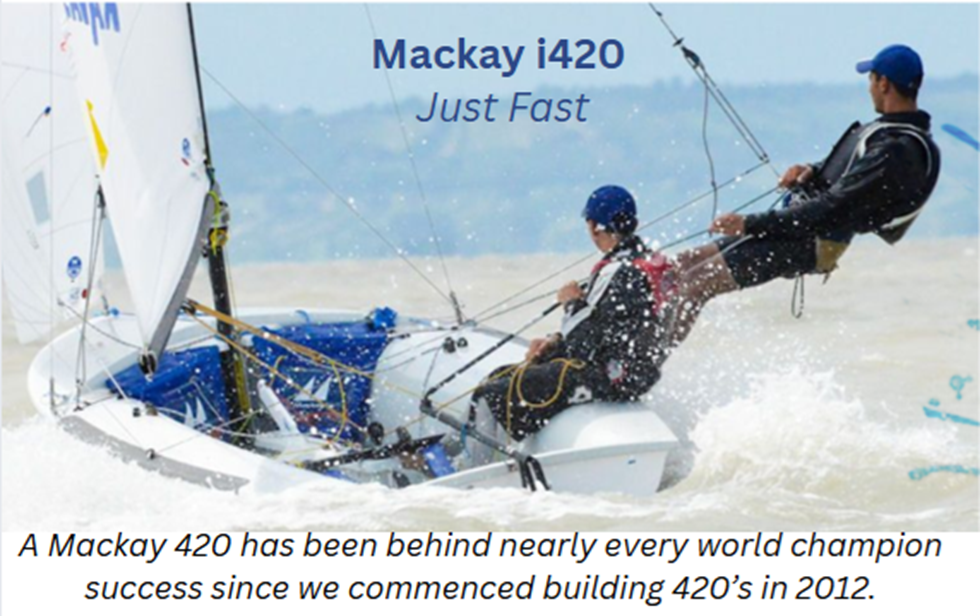J/22 (26 boats) (top)
Series Standing – 9 races scored
Information is final.
Regatta results last updated: Saturday, February 26, 2011 4:26:11 PM CDT
|







